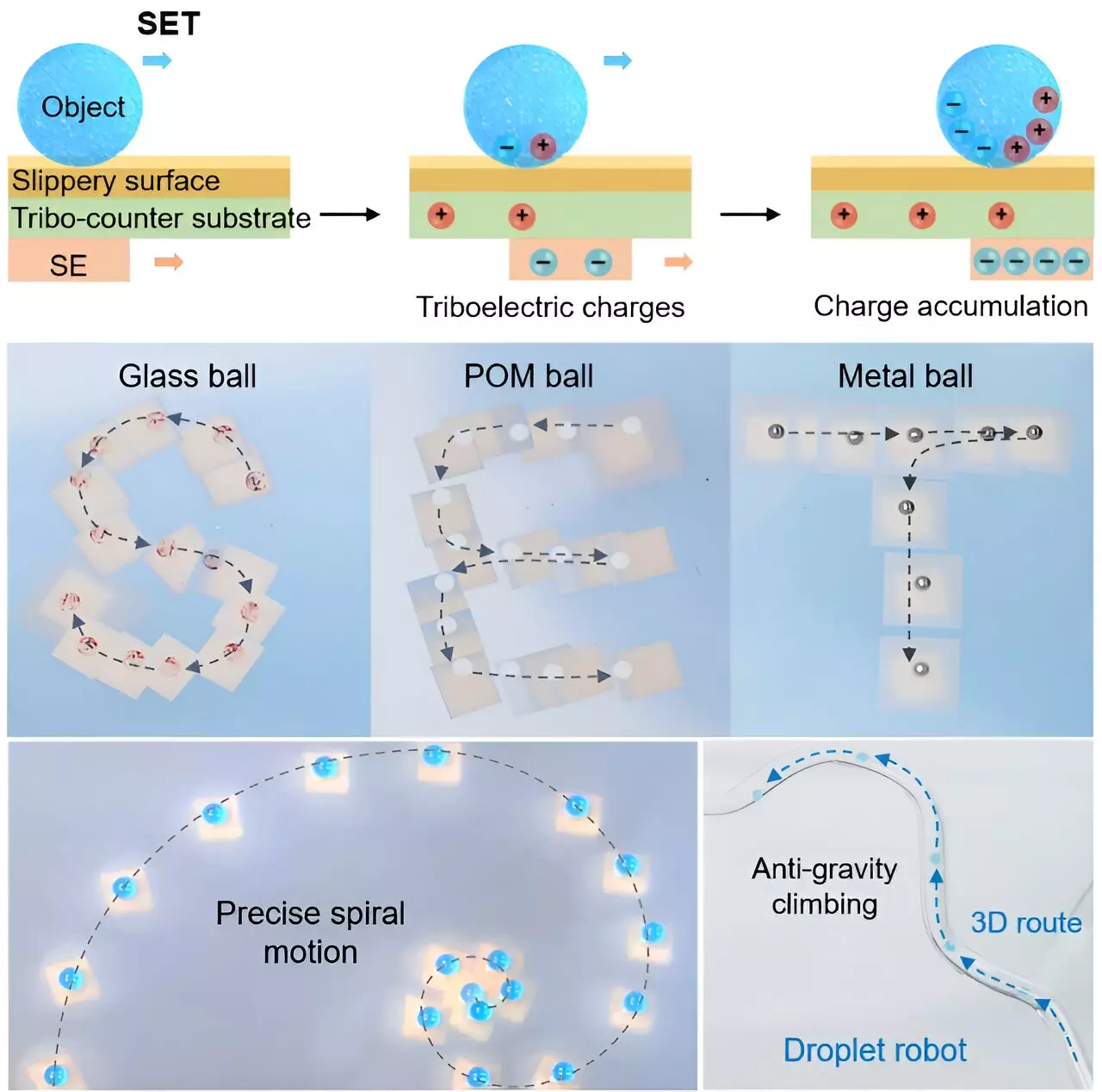In the realm of micro-manipulation, the advent of a self-powered electrostatic tweezer (SET) marks a pivotal moment that transcends the limitations of traditional tools. Spearheaded by Dr. Du Xuemin from the Shenzhen Institute of Advanced Technology, this innovative approach introduces new dimensions for handling diverse objects with unmatched finesse and efficiency. Unlike conventional tweezers that dip into the complexities of external power supplies and clunky electrode arrays, the SET promises a more streamlined, efficient alternative that could reshape how scientists and engineers approach tasks across physics, chemistry, and biology.
Triboelectric Innovations for Enhanced Performance
At the heart of this transformative technology lies a polyvinylidene fluoride trifluoroethylene (P(VDF-TrFE))-based self-powered electrode. This component is ingeniously designed to harness the triboelectric effect, allowing the SET to accumulate substantial surface charge densities that are easily adjustable. This is not merely an improvement; it is a radical rethinking of what is possible in the field of object manipulation. The ability to garner charge densities of around 40 nC cm-2 within seconds stands in stark contrast to traditional methods, which are often slow and energy-consuming.
Moreover, the robust nature of the SET’s charge accumulation mechanism is particularly noteworthy. The stability of the charge, remaining intact even after extensive usage and under varying environmental conditions, signifies a leap forward in reliability. From rapid operation, where objects can be manipulated at speeds reaching an impressive 353 mm s-1, to adaptive designs suitable for various working platforms and materials, the versatility this tool offers is remarkable.
Applications That Stretch Imagination
What sets the SET apart is its inherent adaptability. Whether it’s a merging droplet or a delicate assembly of cells, its universal design supports a vast array of applications. The tweezers are not confined to merely lifting objects; they can facilitate complex procedures like droplet splitting and microfluidic operations without relying on cumbersome external systems. This innate flexibility reveals the tremendous potential of SETs to influence fields as diverse as biomedical engineering and material science, where precision and control can lead to groundbreaking advancements.
Redefining Future Technologies
The implications of this development extend far beyond laboratory settings. Imagine microfluidic devices operating autonomously, guided by the electrostatic capabilities of the SET, all while eschewing the common pitfalls of heat generation and power dependency. This innovative mechanism not only promises to simplify existing technologies but also opens doors to new applications previously deemed impractical or too costly.
The self-powered electrostatic tweezer is not just a progress report; it is a clarion call to innovators across scientific fields. The rational design and impressive capabilities of the SET suggest that the future of object manipulation is bright and filled with potential. It provides a significant edge in performance and adaptability, heralding a new era where big ideas can be executed with tiny tools. The quest for efficiency and precision has never been more promising thanks to this technological marvel.


Leave a Reply